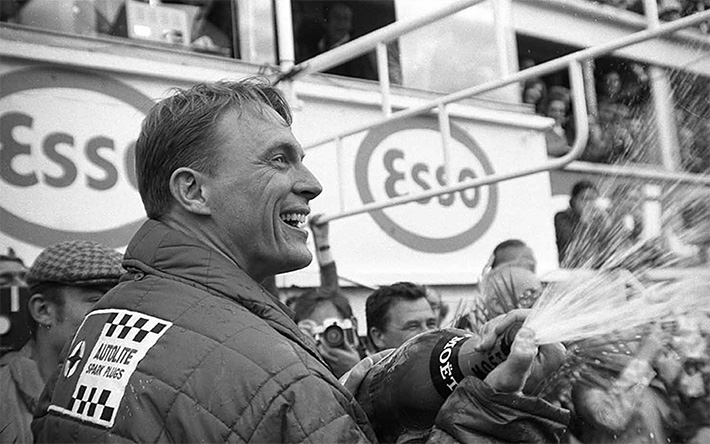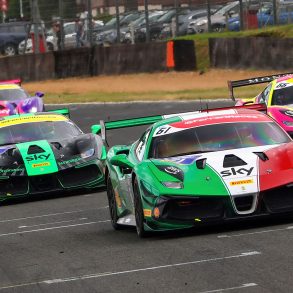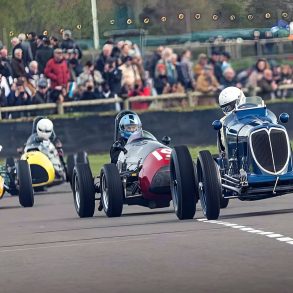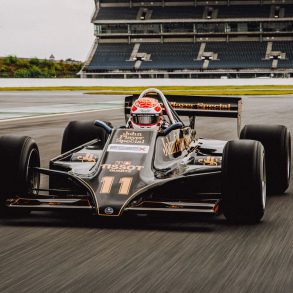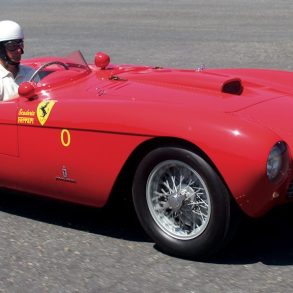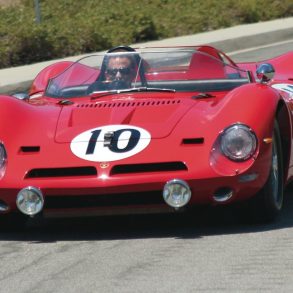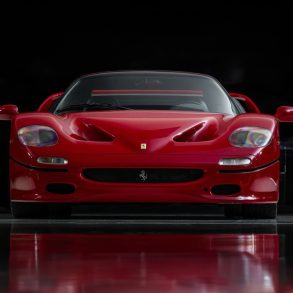Become a Member & Get Ad-Free Access To This Article (& About 6,000+ More)
Access to the full article is limited to paid subscribers only. Our membership removes most ads, lets you enjoy unlimited access to all our premium content, and offers you awesome discounts on partner products. Enjoy our premium content.
Already a Member?
- Sign in to your account here
- Refresh this page to access your content!


